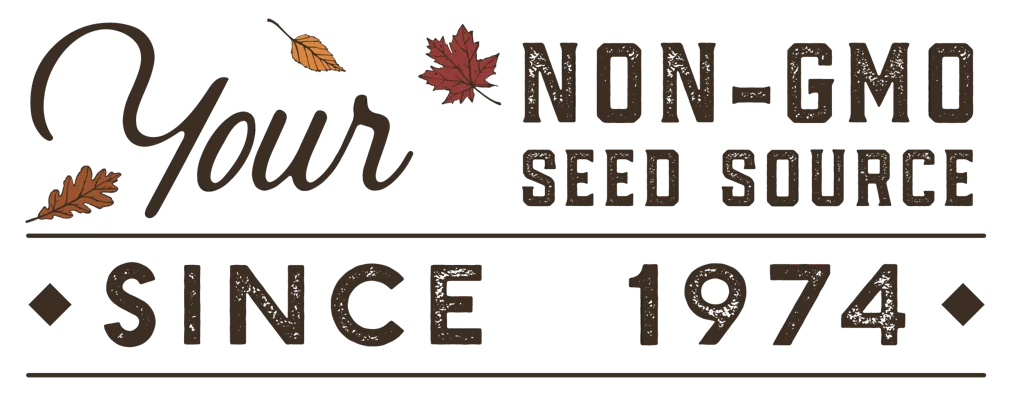Updated 30 April 2025
By now, we’re all familiar with fertilizer when it comes to growing garden vegetables and flowers. When the cotyledon leaves appear on your seedlings, it’s a sign your young plants have used their reserves. Its roots are now searching for additional nutrition in the soil. Adding fertilizer doesn’t just improve the growth of your garden crops, it is essential for healthy growth and production. Yet, when it comes to microgreens, one doesn’t talk much about fertilizers. Couldn’t microgreens use fertilizer to improve their growth, just like garden seedlings? We say yes—you just need to know which fertilizers are the most ideal for microgreens and how to use them.
We suggest using either Azomite, a water-soluble trace mineral fertilizer, or another fertilizer, such as FloraGro or Maxigro. Each provide essential nutrients to your seedlings—and in this case, your microgreens. Keep in mind they are applied using different methods. While microgreens do not demand a heavy feeding schedule, a little nutrients will help them develop stronger and faster growth.
Azomite
A fine powder mined from a volcanic ash deposit that contains a myriad of rare earth elements and trace minerals. We recommend mixing azomite in with your compost and incorporating that compost into your potting soil for microgreen growing. Or, just mix it directly into the potting soil you will be growing with. Mixing it in beforehand allows the Azomite to process and break down for better consumption by your microgreen plants. Apply 1 tablespoon per 10x20 tray or 1 teaspoon for every 2 inches of your pots diameter.
FloraGro
A water-soluble fertilizer containing nitrogen for structural and foliar growth. Wait until your microgreens are poking out of the soil and the cotyledon leaves are spreading apart, reaching for the light. Then, fill a cap full of fertilizer and mix it into a gallon of water. We recommend bottom watering at this point. This fertilizer won’t burn your seedlings like other garden mixes may.
MaxiGro
A water-soluble fertilizer containing nitrogen, phosphorus, and potassium. In addition to these macronutrietns Maxigrow contains calcium, magnesium, and sulfur. These nutrients are often missing from plat food fertilizers, yet are vital to the development of healthy leafy greens. They support cell wall structure, root development, enzyme activation, and protein synthesis. Deficiencies in these nutrients can lead to long-term developmental issues. If your seedlings often suffer from crinkling leaves, this may be a sign you need to use a fertilizer that includes these vital secondary nutrients.






















4 comments
can’t get those products in australia or in my town can I put a light mix of dolomite on them
I am looking for 100% organic liquid fertilizer for growing micro greens.
Please suggest me.
Thanks.
Hello, I hope you are very well. How much Azomite should be used to combine with the potting mix? Thanks
Thanks for your post, I seem to have always missed this most important step 😀